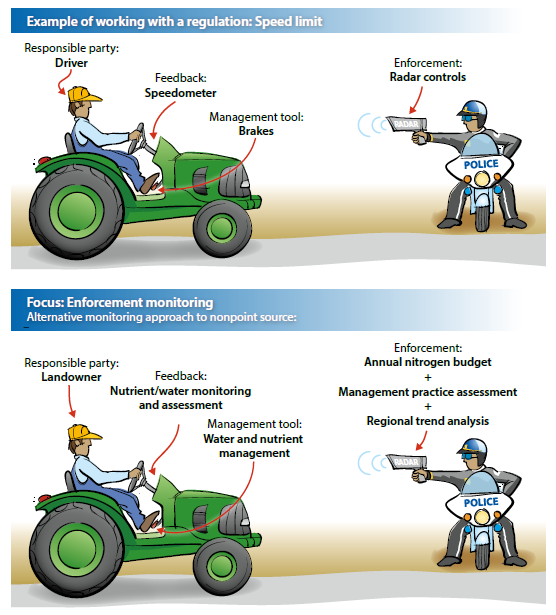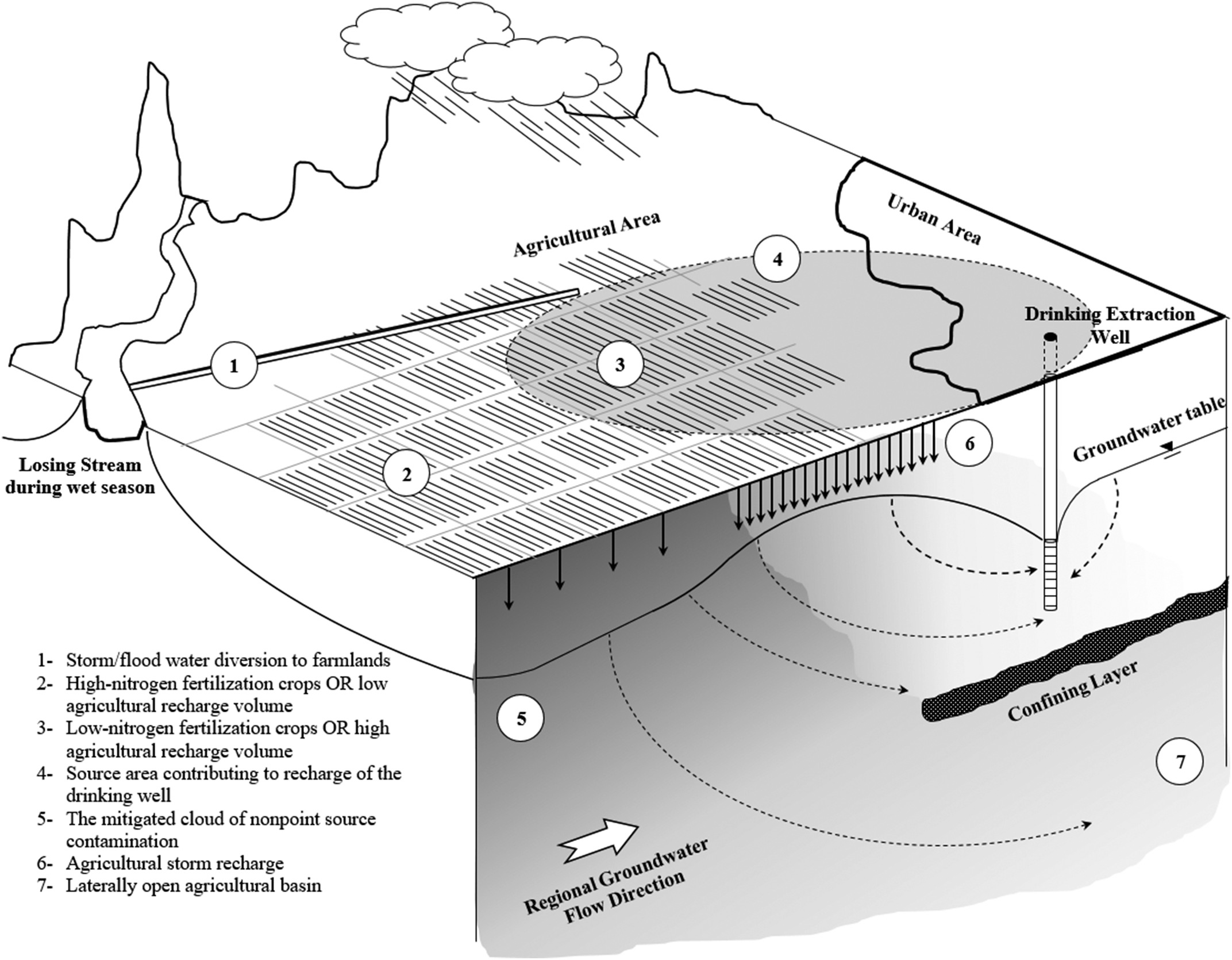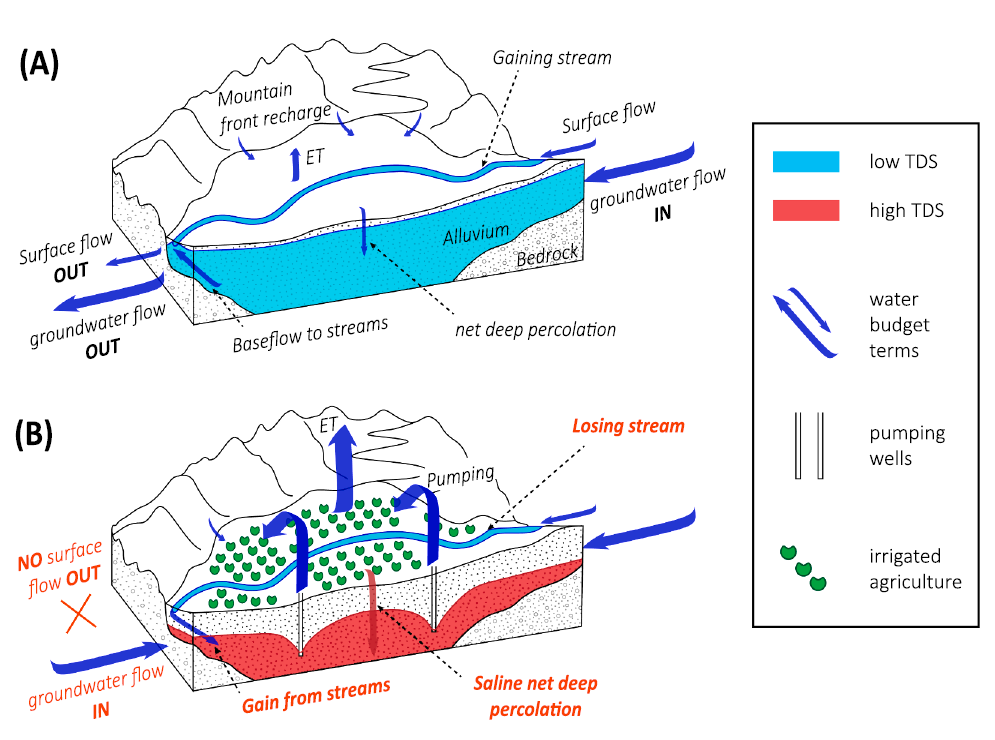Listen here on Spotify | Listen here on Apple Podcast
Episode released on April 17, 2025
Episode recorded on January 17, 2024
 Thomas Harter is a Distinguished Professor at the Department of Land Air and Water at Univ. of California, Davis and also Professor of Cooperative Extension. He holds the Nora S. Gustavsson Endowed Professorship for Groundwater in Working Landscapes.
Thomas Harter is a Distinguished Professor at the Department of Land Air and Water at Univ. of California, Davis and also Professor of Cooperative Extension. He holds the Nora S. Gustavsson Endowed Professorship for Groundwater in Working Landscapes.
Highlights | Transcript
- Thomas Harter organized the Third International Conference titled Toward Sustainable Groundwater in Agriculture in San Francisco in June 2024. Previous conferences were held in 2016 and 2010. Irrigation accounts for 70% of global water withdrawal and 90% of water consumption (Siebert et al., HESS, 2010). The conference brought together numerous disciplines (agriculture, hydrogeology, engineering, monitoring, economics) and included water quantity and quality issues.
- Global participation with presenters and attendees from US, Europe, Africa, Asia, and Latin America.
- Common problems across regions: nitrate contamination in Europe. Denmark 100% reliant on groundwater, high nitrate leaching through sandy soils to shallow aquifers, health concerns. Groundwater nitrate levels increasing through 20th century, turning trends around through cooperation with growers and regulations (Hansen et al., JEM, 2019).
Netherlands: half of the country intensively cultivated, high nitrate loading, and groundwater contamination. Monitoring reveals improvement in groundwater quality from 1990 – 2012 and noted recent increase in nitrate (2020 – 2023) relative to 2016 – 2019 attributed to summer droughts in 2018, 2019, and 2020 (Claessens et al., 2024). - US cooperative extension system, affiliated with land grant universities, such as UC Davis, advise farmers, farmer organizations, and other groups interested in farmland management. US: USDA, Natural Resource Conservation Service, resource conservation districts. EU emulating US program under Nitrate Directive.
- California Sustainable Groundwater Management Act, now 10 years old (2013 – 2025):
- SGMA: six undesirable results (link)
- Chronic lowering of groundwater levels
- Significant and unreasonable reduction of groundwater storage
- Significant and unreasonable seawater intrusion
- Significant and unreasonable degradation of water quality
- Significant and unreasonable land subsidence
- Groundwater-related surface water depletions that have significant and unreasonable adverse impacts on beneficial uses of surface water
- SGMA: six undesirable results (link)
- There are 515 alluvial GW basins in California, like egg cartons (Fig. 1)
- 94 high and medium priority basins, of which 21 are critically overdrafted
- 29 areas are governed under groundwater adjudications
- Over 350 Groundwater Sustainability Agencies have been formed in 142 basins
- All critically over-drafted basins submitted plans in 2020 (Fig. 2)
- All other high and medium priority basins submitted plans in 2022 (Fig. 2)
- A total of 120 groundwater sustainability plans were submitted for the 94 basins. Most, but not all, have been approved by the State of California
- Your conference had a presentation on McMullen Area Groundwater Sustainability Agency (MAGSA) and described their approach to sustainability. They are 100% reliant on groundwater (‘white areas’ is a common reference to areas without access to surface water). MAGSA recharged 19,000 af (15 m3) during the 2023 floods. They used flood managed aquifer recharge (MAR) or ag MAR on perennial crops to recharge the unconfined aquifer. Water use in MAGSA totals ~ 300,000 af of which 100,000 af is considered overdraft. They are adjacent to the California aqueduct. They will build a groundwater bank (“savings account”) and let large water customers buy into the groundwater bank. They will engage the growers to do “AgMAR” or “FloodMAR”. They have created a Managed Agrifood Recharge University for participating growers. California Dept. Water Resources prefers the term FloodMAR.
- Groundwater quality is a big issue in California. Your report with Jay Lund (UC Davis) titled Addressing Nitrate in California’s Drinking Water with a focus on Tulare Lake Basin and Salinas Valley Groundwater suggested implementing agricultural best practices, monitoring water quality, and providing safe drinking water alternatives to affected communities.
- History of water quality regulation: Clean Water Act focused on point discharges to surface water and since 1990s non-point source diffuse discharges into surface water (Total Maximum Daily Loads).
- California: 1969 Porter-Cologne Water Quality Control Act regulates discharges to surface water as well as groundwater. For thirty years, focused on point source discharges, permit exemptions existed for agriculture and urban stormwater.
- Removed exemption in 2002, leading to new agricultural permitting program, the Irrigated Lands Regulatory Program to control both discharge to surface water (starting in 2002) and discharge to groundwater (starting in 2007 with a permit program for dairy’s and their cropland).
- 2012: Update to the Irrigated Lands Regulatory Program, to include groundwater nitrate control programs in addition to surface water control programs.
- Legislature and State Water Board requested report on nitrate in groundwater in 2012:
- How can we reduce nitrogen loading
- How can we remediate what's already in groundwater
- What are alternative supplies for the people impacted by high GW nitrate?
- How much would pollution reduction program cost?
- Three subprograms:
- Safe drinking water program focused on nitrate management cells
- Dairy program
- Salt pollution management program
- These programs are designed to control discharges to groundwater.
- Nitrate program: field level nitrogen budgets: crops grown, fertilizer application, manure application, N levels in harvested crops etc.
- Central Valley farmers organized into 14 coalitions to manage 30,000 – 40,000 growers in the Central Valley, ~7 million acers of irrigated land
- In 2020 there were 1300 dairy farms, dairy farms increasing in size since 2000
- CA leading dairy producer in US 1.7 million dairy cows 2024 (Statistica)
- 400,000 acres of dairy farms that produce manure
- Management approaches: increase irrigation efficiency, reduce leaching, targeted nitrate applications, and cover crops
- There are ~3000 community water systems with 77% serving < 1000 connections
- How do we regulate nonpoint source pollution in agriculture, the speed limit analogy to structure regulations (Fig. 3).
- How do you help farmers get nitrate levels in GW down to State standards?
- Bastani and Harter, JCH (2019) Source area management practices as remediation tool to address groundwater nitrate pollution in drinking supply wells (Fig. 4)
- Replace high N demand crops (e.g., almonds, 250 lbs/acre) with low N leaching crops (alfalfa, vineyards);
- AgMAR: high recharge, reduce nitrate by 80% over 10 yr, Modesto Basin example
- Some crops may use up to 400 lbs N per acre (e.g., corn-sudan grass-grain triple cropping in dairies), but losses need to be limited to little more than 27 lbs/acre (corresponds to 10 mg/L Nitrate-N in groundwater), which is very difficult and challenging nutrient management proposition.
- California produced ~20% mile in the US, 1.7 million dairy cows, 25% of N goes into the milk, remaining 75% excreted.
- Historically cows were raised in pastures.
- Now concentrated animal feeding operations, 400,000 acres of land, 1.7 million milking cows, 300,000 tons of N.
- We need to transform manure to manure look, smell, sell, ship like normal commercial fertilizer.
- Groundwater salinity issues: Anthropogenic Basin Closure and Groundwater Salinization (ABCSAL) (Fig. 5) (Pauloo et al., JoH, 2021).
- Basins are closed, no surface water discharge of water or salts, salts build up in the aquifer because the main discharge is irrigation pumping, leaving the salts behind.
- MAR can dilute nitrate and salt and eventually flush these contaminants through the system over decades.
- We may need to reduce agriculture in CA by 5 – 10% to achieve sustainable groundwater but we will not need to eliminate it altogether.
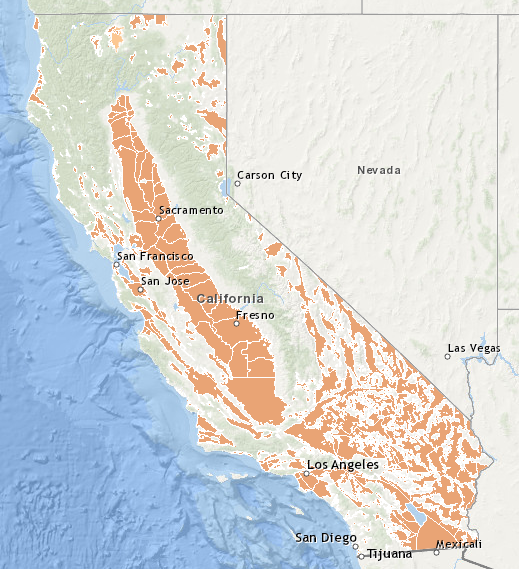
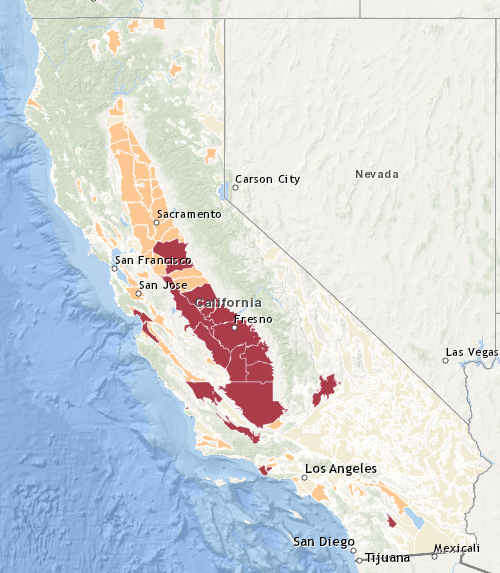
Proposed water quality and hydrology management goals and approaches for the Aquaterra Water Bank: Abstract in Toward Sustainable Groundwater in Agriculture conference.
Philip Bachand, Bachand & Associates, Sujoy Roy, TetraTech, Hai Huang, TetraTech, Sandra Bachand, Bachand & Associates
The Aquaterra Water Bank (Bank) is being established with the McMullin Area Groundwater
Sustainability Agency (MAGSA) jurisdiction and adjacent to the Mendota Pool. The Bank will
accept “spilled” carryover contract water from the San Luis Reservoir through the Fresno Slough
with the capacity to
1) divert up to 208,000 Acre-Feet per year (AFY) over the 5-month period during late fall and early winter (October through April) and
2) infiltrate to the underlying aquifer across ~ 3500 acres of farmland.
The Bank is being designed for up to 800,000 acre-feet (AF) of storage. A series of recovery wells will be placed throughout the underlying MAGSA area to recover water at a rate up to to 148,000 AFY from May through September over a 5-month spring though summer period. Based on historical data, recharge opportunities are predicted to occur 46% of the years and recovery opportunities 42% (Bachand et al, 2023). The Bank is a key element in efforts by the McMullin Area Groundwater Sustainability Agency (MAGSA) to reach sustainable groundwater management under SGMA.
The Bank will also provide regional and statewide water resources through providing cost effective
and significant underground storage for contract water, and allow greater flexibility as related to future within MAGSA and external contract water water trades and transfers.
